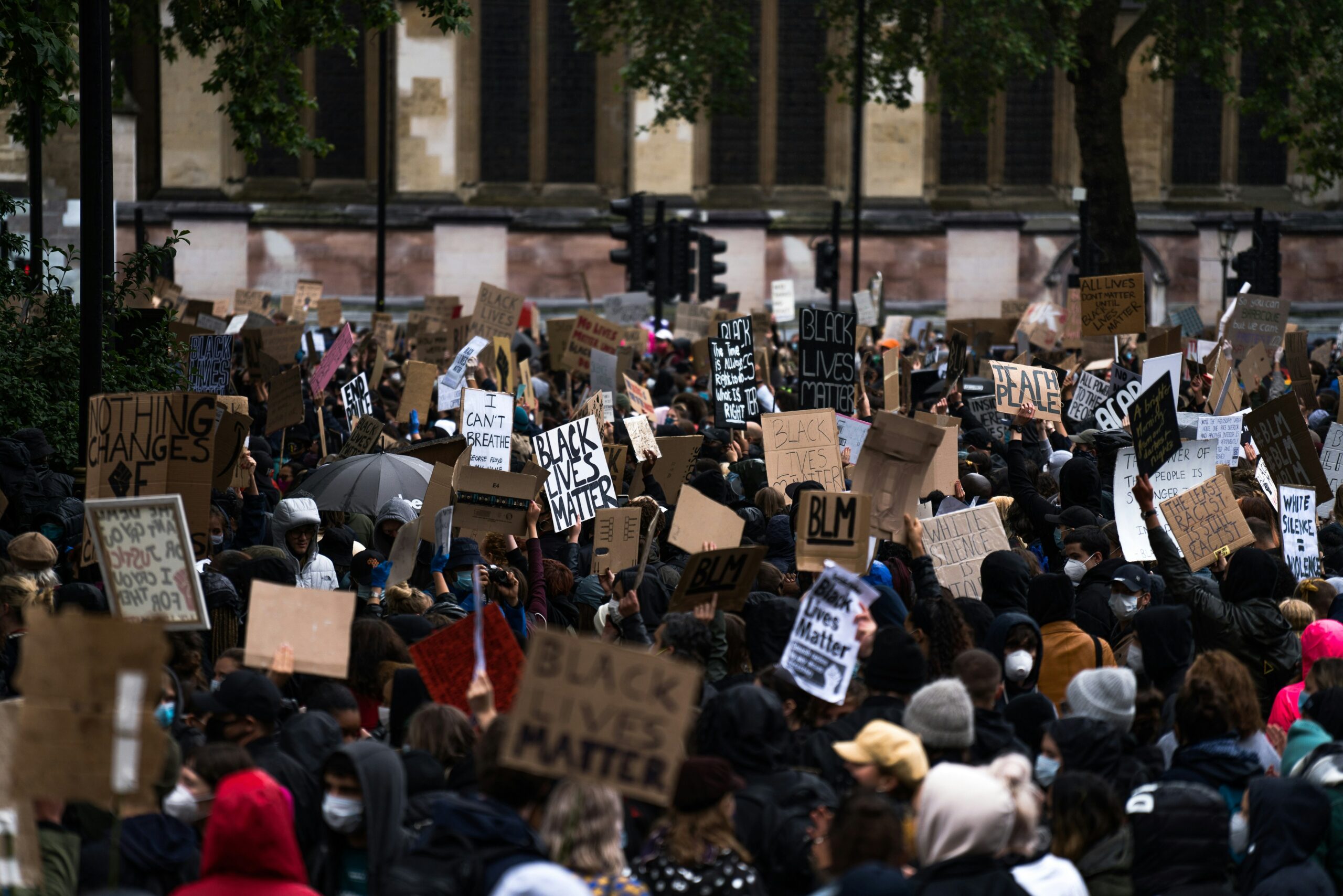Our News
Exclusivity within Environmental Movements

Photo by James Eades on Unsplash
Historically, the representation of Black and minority ethnic voices within mainstream environmental movements has been poor. The recent media-storm around the Black Lives Matter movement brought the existence and pervasiveness of systemic racism, in all aspects of society, to the forefront. It is important to ask and review how these movements can be exclusionary to Black and minority ethnic communities, to open up a discussion on how activism can be inclusive and represent our society in totality.
Firstly, the issues which environmental movements campaign about, and for, can affect who they represent and why their representation may lack diversity. Here in the UK, these movements traditionally have been centred around the concepts of conservation and preservation of the environment. These movements grew out of the issues of industrialisation and romanticism for the idea of a ‘pristine nature’, with many UK environmental organisations having had their roots based around this idea of maintenance of the natural realm. This focus on conservation has meant that issues such as environmental quality and health have often been overlooked, despite adversely affecting Black and minority ethnic communities.
The lack of representation of Black and minority ethnic voices in the wider environmental movement is made particularly evident when contrasted with environmental justice movements, formed to address the issues of race and ecological inequalities within society. These movements focus on localised issues affecting Black and minority ethnic communities, indigenous peoples, and working-class areas, whose disproportionate exposure to environmental harm and hazards were not addressed in mainstream environmental movements. The issue of conservation is unlikely to represent a community of people who are directly affected by harmful ecological infrastructures, such as polluting factories which impact the air quality being disproportionately located in ethnically diverse communities, which bring with them a more pressing and imminent concern. Those who are affected by more immediate environmental hazards are likely to more closely align themselves with the environmental justice movement, as its issues are more racially focused.
Furthermore, environmental movements use slogans and messages to help campaign for their issue. How these slogans and messages are framed may under-represent realities in which environmental issues are already taking place. For example, climate change is often framed as an issue in which ‘time is running out’ but this may unintentionally be dismissive of those who are already experiencing the devastating impacts of climate change, such as their nations being lost to rising seas and becoming climate refugees. Climate change as a phenomenon disproportionately affects Black and minority ethnic communities and thus could alienate these groups. As environmental movements are attempting to use a clear message for their campaigns, this may portray an idea that everyone is in the ‘same boat’. To some, narratives may convey a presumption of equality when it comes to the effects of environmental injustice and the climate crisis, which in turn may impact upon individuals’ willingness to participate within activism, as it can appear that racial realities are not recognised within the wider movement. In this sense, narratives and framing are an invisible barrier which is exclusionary to many from Black and minority ethnic communities.
Moreover, the tactics an environmental movement might choose to deploy to achieve their aims could simultaneously be one of the biggest barriers which prevent representation and participation for Black and minority ethnic communities. Recently, Extinction Rebellion received criticism in the mainstream media for their strategy of ‘arrested as a sacrifice’. Whilst being an often effective strategy for change, movements which encourage civil disobedience may not have fully counted for different racial realities in institutional and societal structures, furthering the inequality in access to such environmental movements. For individuals from a variety of walks of life, risking an interaction with state authorities, such as the police, is simply not a viable option; this, however, is especially true for individuals from Black and minority ethnic communities who are already more likely to be racially profiled, which, in turn, acts as a barrier to participating in this form of activism. As such, some environmental movements have not taken into account racial inequalities, or fully understood the alternate realities and potential consequences that lie outside their scope of experience.
What can be done?
- Coalitions
Environmental organisations can form coalitions with each other to help amplify movements that represent Black and minority ethnic communities, as well as amplifying and actively supporting the issues that predominately affect these communities.
- Open up Conversation
Invite Black and minority ethnic communities into decision-making to help create more racially conscious narratives, tactics and movements.